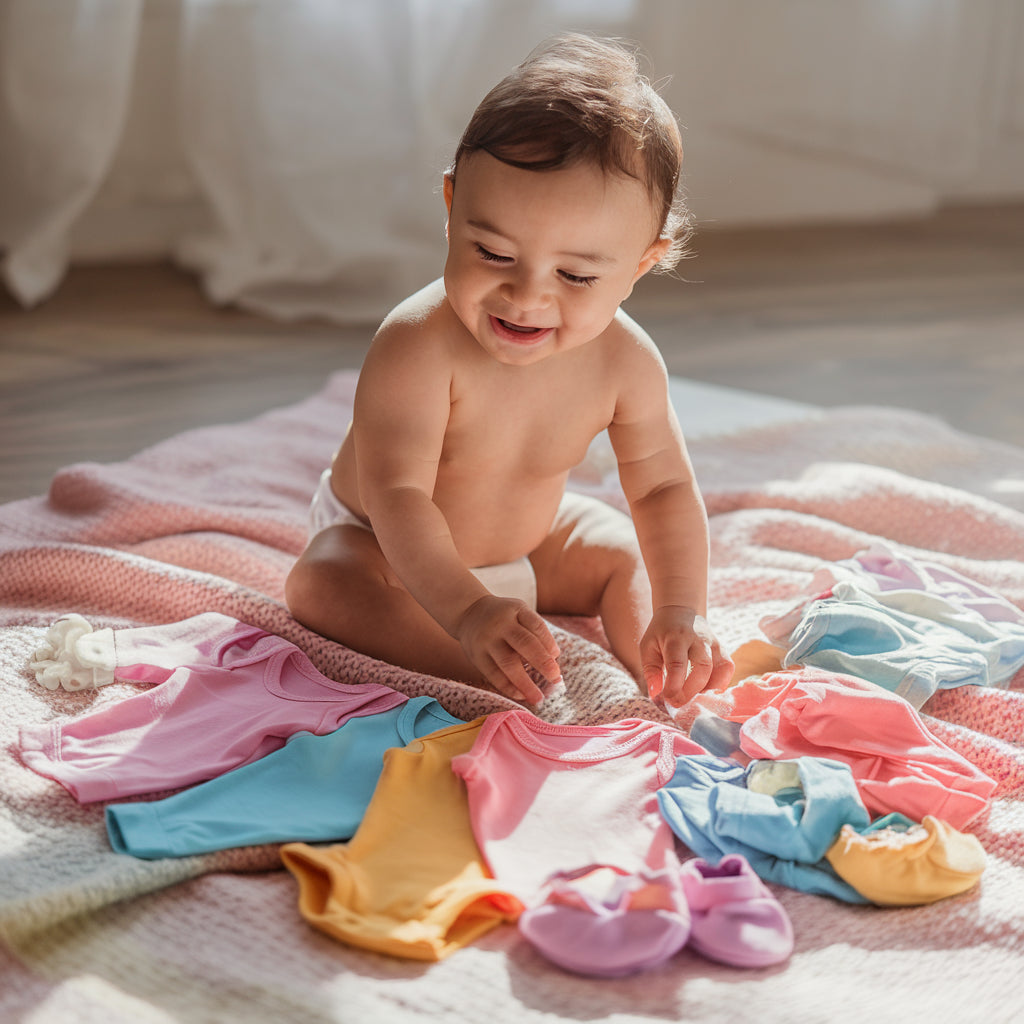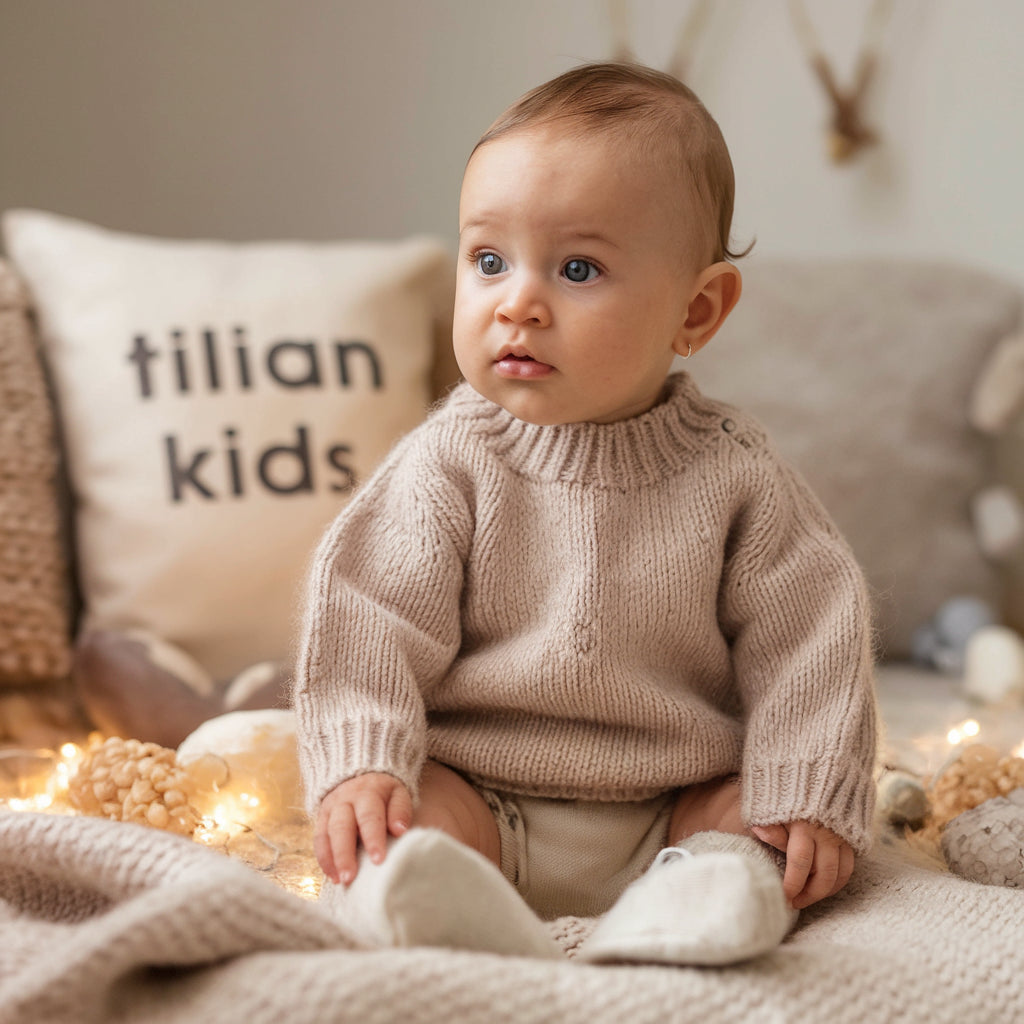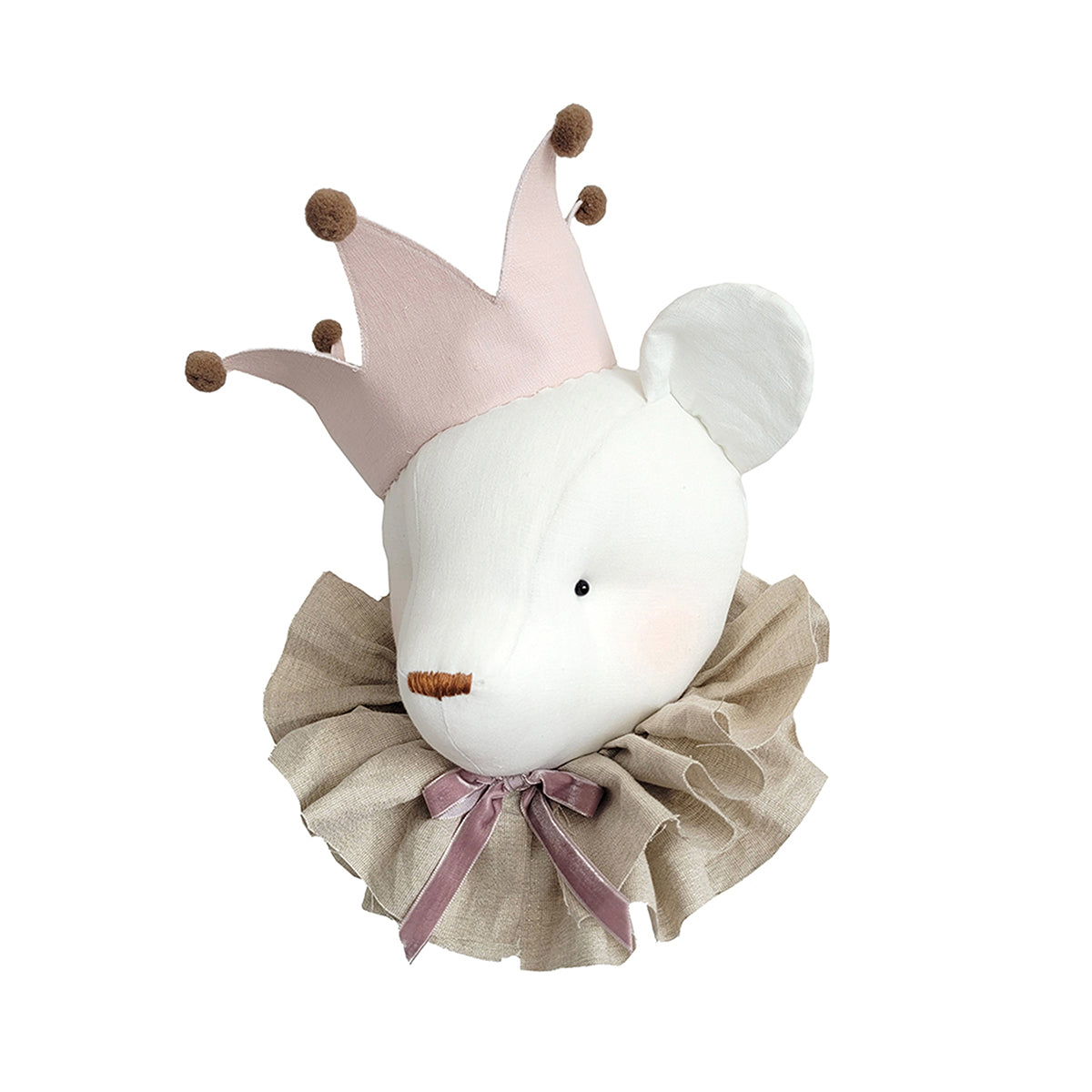
Baby Clothing Size Guide: Essential Tips for Finding the Right Fit
Choosing the correct size for your baby's clothing can feel like navigating a maze. With a bewildering array of sizes, brands, and fit guides, it's easy to feel overwhelmed. But selecting the right size is crucial—not only for your baby's comfort but also for their safety and well-being. This comprehensive baby clothing size guide will provide you with all the information you need to confidently choose the perfect size for your little one's wardrobe.
Understanding Baby Clothing Sizes
Baby clothing sizes are typically categorized by age, but this can be misleading. Babies grow at different rates, so an "age-based" size doesn't always fit every child. Clothing size labels often include weight and height ranges, which can be more reliable indicators of fit. For example, a size labeled "3-6 months" may fit a baby weighing 12-17 pounds and measuring 23-27 inches in height.
The Role of Brand Differences
Not all brands size their clothing the same way. European brands, for example, often use height in centimeters as the primary sizing metric, whereas American brands may use a combination of age, weight, and height. Knowing this, it's essential to refer to the brand's specific size chart before making a purchase. You can check out different options at Tilian Kids.
Key Factors in Choosing the Right Size
Consider Your Baby's Growth Rate
Babies grow rapidly, especially in their first year. It's not uncommon for them to outgrow clothes in just a few weeks. When shopping, it’s wise to choose a size slightly larger than your baby's current measurements to allow for growth. For example, if your baby is 5 months old and on the cusp of outgrowing 3-6 month clothing, opting for 6-9 month sizes will give you more mileage.
Think About the Season
Seasonality plays a significant role in clothing selection. If you’re buying ahead, consider what the weather will be like when your baby is expected to wear the clothes. A 9-month size winter coat won't be much use if your baby hits that size during the summer.
Assess Fabric Stretch and Comfort
Different fabrics have varying levels of stretch and comfort. Cotton, for instance, is breathable and soft, making it an ideal choice for baby clothing. However, cotton doesn't stretch much, so exact sizing is more critical. On the other hand, clothes with elastane or spandex may provide more flexibility in sizing.
Practical Tips for Choosing the Right Size
Measure Your Baby Regularly
Regularly measuring your baby's height, weight, and head circumference will give you a better idea of which sizes to buy. Keep a tape measure and scale handy and note the measurements in a baby book or on your phone for easy reference.
Buy in Small Quantities
Given how fast babies grow, it's smart to buy only a few pieces in each size. This approach prevents you from ending up with a closet full of clothes your baby has outgrown before they've even worn them.
Prioritize Essential Clothing Items
Focus on purchasing the essentials first—onesies, sleepwear, and comfortable outfits for everyday wear. Once you have the basics, you can consider more seasonal or occasion-specific pieces.
Understanding Special Clothing Needs
Preemie and Newborn Sizes
Preemie and newborn sizes are designed for babies born prematurely or those who are smaller than average at birth. These clothes are generally more fitted and often feature specialized openings for medical equipment. If your baby was born early or is expected to be small, these sizes might be necessary initially.
Adjustable Clothing
Some baby clothes are designed to be adjustable, featuring elements like foldable cuffs, elastic waists, or adjustable straps. These options can be beneficial as they allow the clothing to grow with your baby, extending the period of use.
What to Avoid When Choosing Baby Clothing Sizes
Overcomplicating Sizing Decisions
While it's important to find the right size, don't overcomplicate the process. Trust your instincts and focus on comfort. If something looks too small or too large, it probably is.
Ignoring Size Charts
Size charts are your best friend when shopping for baby clothes. They provide specific measurements and guidelines for each size category. Ignoring them could lead to unnecessary returns or discomfort for your baby.
Buying Too Far in Advance
While buying ahead can be cost-effective, avoid purchasing too many clothes in larger sizes, as predicting your baby’s growth can be tricky. A few well-chosen pieces are better than a wardrobe full of clothes that might not fit at the right time.
The Impact of Proper Sizing on Baby's Comfort and Safety
Wearing the correct size is not just about comfort—it's also a safety issue. Clothes that are too loose can pose a risk of entanglement, especially with sleepwear. Conversely, tight clothing can restrict movement and cause irritation.
How Tight Clothing Affects Baby
Clothes that are too tight can lead to a host of issues, including restricted breathing, discomfort, and skin irritation. Babies need the freedom to move and explore, and tight clothing can hinder their development by restricting this natural movement.
Why Loose Clothing Can Be Dangerous
On the other hand, clothes that are too loose can pose their own dangers. Loose-fitting sleepwear, for instance, can increase the risk of suffocation or entanglement. Ensure that sleepwear fits snugly but comfortably to reduce these risks.
Frequently Asked Questions
What size should I buy for a newborn?
Newborn sizes generally fit babies weighing 5-8 pounds. However, if your baby is expected to be larger or smaller than average, you may need to adjust accordingly. Preemie sizes are available for smaller babies, while some brands offer a size called "0-3 months" for slightly larger newborns.
How often should I measure my baby for sizing?
It's a good idea to measure your baby every month during the first year. Babies grow rapidly, and regular measurements will help you stay ahead of their clothing needs.
Is it better to buy clothes that are a little too big?
Yes, buying slightly larger sizes can be a smart strategy, especially for everyday wear. Babies grow quickly, and a little extra room ensures the clothes last longer.
Are European baby clothes sized differently?
Yes, European baby clothing often uses height in centimeters as the primary sizing metric, which can differ from the age or weight-based sizing commonly found in American brands. Always refer to the specific size chart provided by the brand.
What should I do with outgrown baby clothes?
Outgrown baby clothes can be passed on to friends or family, donated to charity, or saved for future siblings. Some people also choose to sell gently used baby clothes online.
How do I know if a piece of clothing is too tight?
If you notice marks on your baby's skin after removing clothing, it might be too tight. Additionally, if the garment is difficult to put on or take off, it's a sign that it may be too small.
Choosing the right size for baby clothes may seem like a small detail, but it plays a significant role in your baby's comfort and safety. By understanding the nuances of sizing, considering your baby's growth patterns, and paying attention to fabric and fit, you can ensure that your little one is dressed comfortably and stylishly at all times.
As you navigate the world of baby clothing sizes, remember that comfort and practicality should always be your top priorities. Armed with the tips and advice from this guide, you'll be well-prepared to make informed choices that will keep your baby happy, safe, and snug in their clothes. For more options and inspiration, visit Tilian Kids.



